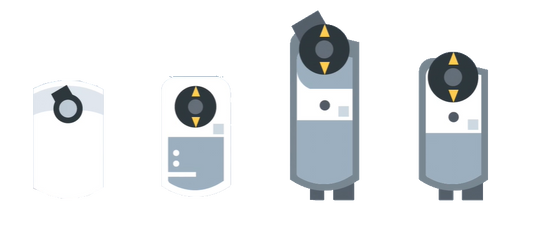Decoding Control Sequences in BACS
What is a control sequence?
A control sequence is a set of instructions that dictate the operation of a building automation control system. It defines how different components of the system should interact with each other to achieve specific goals.
Why are control sequences important?
Control sequences play a crucial role in building automation control systems as they ensure efficient and effective operation. By defining the sequence of actions, they enable the system to respond to various conditions and optimize energy usage.
How do control sequences work?
Control sequences are typically programmed into a building automation control system using specialized software. These sequences are based on a combination of inputs from sensors, user-defined parameters, and predefined algorithms.
What are the benefits of using control sequences?
Control sequences offer several benefits in building automation control systems:
- Energy efficiency: By optimizing the operation of HVAC, lighting, and other building systems, control sequences help reduce energy consumption and lower utility costs.
- Comfort and occupant satisfaction: Control sequences ensure that the building environment remains comfortable for occupants by maintaining appropriate temperature, humidity, and lighting levels.
- Equipment longevity: By preventing unnecessary wear and tear on equipment, control sequences can extend the lifespan of building systems, reducing maintenance and replacement costs.
- Fault detection and diagnostics: Control sequences can include algorithms that detect and diagnose faults in the system, allowing for prompt maintenance and minimizing downtime.
Examples of control sequences
Control sequences can vary depending on the specific goals and requirements of a building automation control system. Here are a few examples:
1. Occupancy-based lighting control
A control sequence for lighting control may include turning off lights in unoccupied areas, adjusting light levels based on natural daylight, and dimming lights during specific times of the day to save energy.
2. Demand-based ventilation control
In a control sequence for ventilation control, the system may increase or decrease the airflow based on the number of occupants in a space, maintaining good indoor air quality while minimizing energy waste.
3. Temperature setback control
A control sequence for temperature control may include adjusting the setpoint temperature during unoccupied periods or at night to conserve energy while ensuring comfort when occupants return.
Control sequences are essential components of building automation control systems. They provide the instructions necessary to optimize energy usage, maintain occupant comfort, and prolong the lifespan of building systems. By following predefined sequences, these systems can operate efficiently and effectively, resulting in cost savings and a more sustainable built environment.



